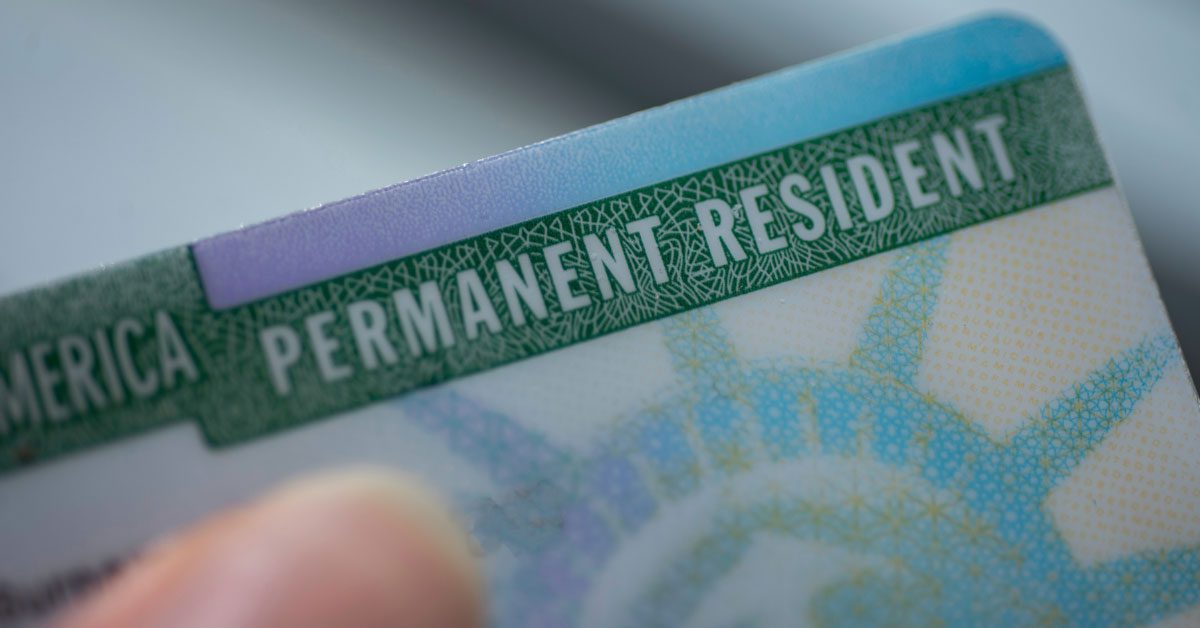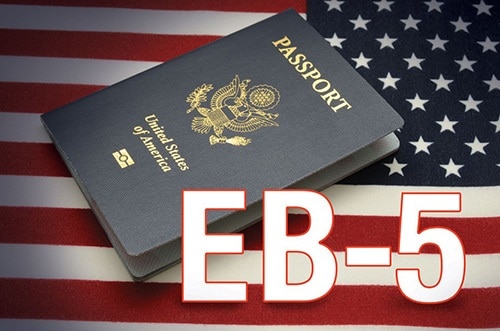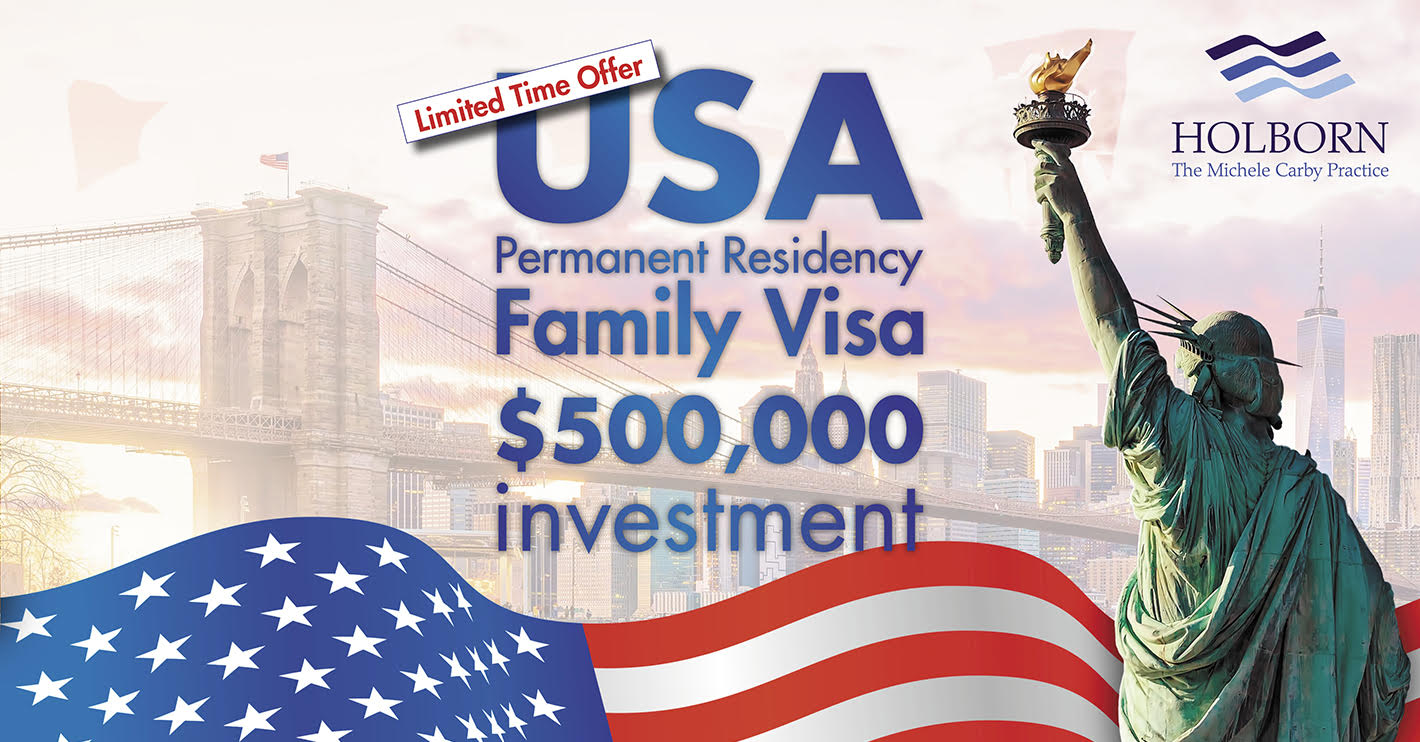EB-5 Visa Explained: Exactly How to Acquire a Visa Via Investment
The EB-5 Visa program offers a distinct opportunity for foreign financiers looking for U.S. irreversible residency with an organized financial investment technique. With certain qualification requirements and investment thresholds, the process requires mindful consideration and critical planning. Recognizing the subtleties of the application procedure, consisting of the differences between straight financial investments and regional facilities, is essential for potential candidates. As this pathway unravels, prospective investors must browse various advantages and challenges that accompany it. What are the essential elements that can affect the success of an EB-5 application?
Summary of EB-5 Visa
The EB-5 Visa program, made to promote the united state economy through international financial investment, uses a pathway to permanent residency for eligible capitalists and their households. Established by the Migration Act of 1990, the program aims to draw in foreign capital to create tasks and enhance financial development in the United States. Financiers that add a minimal quantity to an approved job can obtain this visa, thereby permitting them to buy various sectors, including property, facilities, and other business.
The EB-5 program is specifically appealing because of its dual benefits: a possibility for financial rois and the possibility for U.S. citizenship. By purchasing targeted work areas (TEAs), which are defined as rural areas or areas with high joblessness, financiers might certify for a lowered investment limit. The program requires the development of a minimum of 10 permanent work for united state workers as a straight result of the investment. Effective applicants receive a conditional visa for two years, after which they can get long-term residency, offered they fulfill all program needs. This path has garnered attention from financiers worldwide, making it a crucial element of U.S. immigration plan.
Eligibility Standards
To get approved for the EB-5 Visa, financiers need to meet certain eligibility criteria that guarantee their financial investment adds to job production and financial growth in the USA - EB-5. Applicants must invest a minimum of $1 million in a brand-new commercial enterprise, or $500,000 if the financial investment is made in a targeted work location (TEA), which is usually characterized by high joblessness or rural places.
Furthermore, the enterprise should create or maintain at least ten permanent jobs for certifying united state employees within 2 years of the investor's admission to the USA. Capitalists are also called for to show that their mutual fund were gotten with legal means, providing proof such as income tax return and financial institution statements.
Another crucial standard is that the financial investment has to remain in a for-profit company entity that was established after November 29, 1990, or one that has been restructured or expanded to fulfill the EB-5 requirements. Candidates should demonstrate their intent to actively participate in the service, making certain that their involvement adds to its success. Fulfilling these eligibility requirements is necessary for financiers looking for to obtain irreversible residency via the EB-5 program.
Financial investment Options
When thinking about the EB-5 visa, financiers must review their choices in between direct financial investment opportunities and local center programs. Each choice lugs details job development needs that are essential for satisfying the visa requirements. Recognizing these investment opportunities is essential for making an educated decision that aligns with both monetary goals and immigration purposes.
Direct Financial Investment Opportunities
Straight financial investment opportunities under the EB-5 Visa program give foreign capitalists with a pathway to get U.S. long-term residency while adding to the American economic climate. Unlike regional center financial investments, direct financial investments need investors to proactively handle their organization endeavors within the U.S., permitting possible greater control and influence over their financial investment end results.
To get approved for the EB-5 Visa via straight investment, foreign nationals should invest a minimum of $1 million in a new business venture or $500,000 in a targeted work location, which is specified as a rural area or an area with high joblessness. The investment has to cause the creation of a minimum of ten full time jobs for certifying united state workers within 2 years.
Direct investment alternatives can vary widely, incorporating fields such as realty development, innovation, hospitality, and production startups. Financiers need to perform detailed due diligence to examine the feasibility of their selected service version and assurance conformity with EB-5 guidelines. Involving with economic and legal professionals experienced in EB-5 matters is recommended to navigate the complexities of direct investment possibilities and take full advantage of the capacity for a successful application.
Regional Facility Programs
Leveraging the EB-5 Visa program, local center programs provide a structured financial investment opportunity for foreign nationals looking for U.S. irreversible residency. These programs are designated by the U.S. Citizenship and Migration Services (USCIS) and focus on pooling investments to money numerous economic growth projects, which may include actual estate, facilities, and service ventures.
Investors normally contribute a minimum of $900,000 in targeted employment areas or $1.8 million in other areas. EB-5 Investment Amount. One of the main benefits of local center programs is that they permit financiers to meet the EB-5 financial investment needs through indirect job creation, in contrast to direct task development required in straight investment chances
Regional centers manage the investment on part of the financiers, offering a much more easy approach than direct financial investment. This management consists of supervising project growth, monetary coverage, and compliance with USCIS regulations. Furthermore, local facilities usually have actually developed record, boosting the self-confidence of prospective investors.
Inevitably, regional facility programs present an engaging choice for those seeking to browse the intricacies of the EB-5 Visa process while adding to U.S. financial development and work development.
Job Creation Demands
To receive an EB-5 Visa, financiers need to verify that their funding investment leads to the development of a minimum of ten full-time tasks for U.S. employees within two years. This job production demand is an essential component of the EB-5 program, made to promote the united state economic situation and promote economic development.
Capitalists can choose in between two main investment options: direct investments and investments via Regional Centers. With straight investments, the investor needs to actively manage business and guarantee job development, while likewise showing that the work created are for U.S. residents or legal irreversible citizens. Alternatively, Regional Facility financial investments enable financiers to pool their sources into an assigned task, often resulting in indirect task development, which can be counted towards meeting the task need.
To efficiently fulfill the work development criteria, it is essential for investors to function carefully with knowledgeable professionals who can lead them with the intricacies of the EB-5 program. Correct planning and adherence to policies are essential to verify compliance and secure a course to irreversible residency. Failing to fulfill these work development needs can jeopardize the capitalist's EB-5 application and their immigration status.
The Application Process
The application procedure for the EB-5 visa includes a collection of essential actions and specific eligibility requirements that candidates must fulfill. Comprehending these standards is essential for an effective application. This section will certainly lay out the necessary credentials and give a step-by-step guide to steering with the process.

Qualification Needs Review
Recognizing the eligibility demands for the EB-5 visa is important for prospective investors seeking to acquire irreversible residency in the United States. To qualify, a private have to demonstrate a minimal investment of $1 million in a brand-new industrial enterprise, or $500,000 if the financial investment is made in a Targeted Work Area (TEA), which is specified as a country area or one with high unemployment.
The investor must show that the financial investment will certainly produce or preserve at least 10 full time jobs for U.S. workers within 2 years of the financial investment. The enterprise must additionally be a for-profit entity and should be recently established or substantially redesigned if it is an existing organization.
The candidate has to prove that the mutual fund are acquired through lawful methods, including personal financial savings, presents, or lendings supported by appropriate documents. Additionally, the investor must proactively join the company, ensuring their interaction in the administration of the business. Meeting these qualification standards is essential for a successful EB-5 application and inevitably protecting a permit with this investment opportunity.
Step-by-Step Treatment
As soon as eligibility needs are fulfilled, prospective investors can begin the application procedure for the EB-5 visa. The primary step entails finishing Type I-526, the Immigrant Request by Alien Financier. This type must be gone along with by sustaining documents that demonstrates the investor's qualifying financial investment and the production of at least 10 full-time work for U.S. employees.
Upon approval of Kind I-526 by the United States Citizenship and Immigration Services (USCIS), financiers can request the EB-5 visa with either consular processing or change of status, relying on their current residency. For those outside the U.S., this implies sending a visa at a united state consular office. Conversely, if already in the united state, applicants must submit Kind I-485, Application to Register copyright or Adjust Standing.
After authorization, investors and their eligible relative obtain conditional permanent residency for 2 years. Within 90 days prior to the expiration of this conditional standing, investors should file Type I-829, Petition by Business Owner to Eliminate Problems, to acquire long-term residency. Effective completion of this action completes the EB-5 investment process, giving the investor a Visa.
Regional Centers vs. Straight Investments
Steering the EB-5 visa program includes an important decision in between local centers and straight financial investments, each offering distinctive paths to acquiring long-term residency in the USA - EB-5 Visa by Investment. Regional centers are assigned by the United States Citizenship and Immigration Provider (USCIS) to advertise financial growth through work development. When spending through a regional center, financiers commonly add to a pooled fund, which is handled by the. This choice often enables a more easy financial investment strategy, as the center manages the project and work development requirements
On the other hand, direct investments call for financiers to proactively handle their very own organization ventures in the United States. This strategy necessitates a more hands-on participation, as the capitalist should maintain and produce a minimum of 10 permanent work straight pertaining to their business. While straight financial investments may provide higher control over the financial investment result, they also entail greater risks and duties.
Ultimately, the choice between straight financial investments and local facilities rests on private danger resistance, desired involvement level, and investment goals. Understanding these differences is crucial for capitalists looking for to navigate the intricacies of the EB-5 visa program effectively.
Advantages of the EB-5 Visa
The EB-5 visa program supplies many benefits for foreign investors seeking irreversible residency in the USA. One of the most significant benefits is the chance for financiers and their immediate member of the family, consisting of partners and youngsters under 21, to acquire a copyright, giving them the right to live and work in the united state forever.
Additionally, the EB-5 program does not need a sponsor, permitting investors higher autonomy in their migration journey. This program additionally gives a pathway to citizenship after 5 years of permanent residency, facilitating long-term security for households. Furthermore, spending via marked Regional Centers can be less troublesome, as these entities frequently manage the job and work development demands in behalf of the investor.
The EB-5 visa can lead to significant monetary returns, as investments are usually guided towards commercial ventures that can generate earnings. Lastly, by adding to economic development and job development in the U.S., EB-5 investors play a crucial function in improving neighborhood neighborhoods. Generally, the EB-5 visa serves as an engaging alternative for those wanting to secure a future in the United States while making a favorable effect.
Typical Difficulties and Considerations
While the EB-5 visa program offers appealing benefits for international capitalists, it also includes its share of difficulties and factors to consider that possible applicants need to very carefully evaluate. One substantial difficulty is the monetary commitment included, as the minimum financial investment amount is considerable, usually evaluated $1 million or $500,000 in targeted employment areas. Financiers must assure that they have adequate resources and a clear understanding of the connected dangers.

Possible investors should carry out extensive due diligence on the investment tasks to stay clear of fraudulent schemes. The success of an EB-5 application rests on the production of at the very least ten full time jobs for U.S. employees, requiring cautious preparation and surveillance of business's efficiency (EB-5 Investment Amount). Eventually, steering these obstacles needs a critical method and frequently the assistance of experienced experts in immigration and investment legislation
Frequently Asked Concerns
How Lengthy Does the EB-5 Visa Process Normally Take?

Can Household Members Apply With the Main EB-5 Candidate?
Yes, member of the family can use along with the key applicant. EB-5 Visa by Investment. Eligible dependents usually consist of spouses and single youngsters under 21, allowing them to acquire permits contingent upon the primary candidate's effective visa authorization
What Takes place if My Financial Investment Fails?
If your financial investment fails, it may endanger your immigration standing and the capacity for obtaining a copyright. It's essential to carry out detailed due diligence and think about danger reduction approaches prior to waging any type of investment.
Are There Age Restrictions for EB-5 Investors?
There are no certain age restrictions for EB-5 investors; nevertheless, the individual need to go to least 18 years old to legally become part of investment contracts. Minors might go to these guys certify through adult investment and sponsorship.
Can I Traveling Outside the United State Throughout the Application Process?
Traveling outside the united state during the application procedure may impact your condition. It is recommended to talk to an immigration attorney to understand prospective threats and warranty compliance with all demands while your application is pending.
Regional centers handle the financial investment on behalf of the financiers, supplying a much more passive strategy than straight financial investment. To qualify for an EB-5 Visa, financiers should verify that their funding investment results in the creation of at least 10 full-time work for United state employees within two years. Capitalists can choose in between 2 key investment alternatives: direct financial investments and financial investments via Regional Centers. The investor has to show that the financial investment will develop or protect at least 10 full-time work for U.S. employees within 2 years of the investment. Eventually, the option between regional centers and direct financial investments hinges on individual risk resistance, preferred involvement degree, and investment objectives.